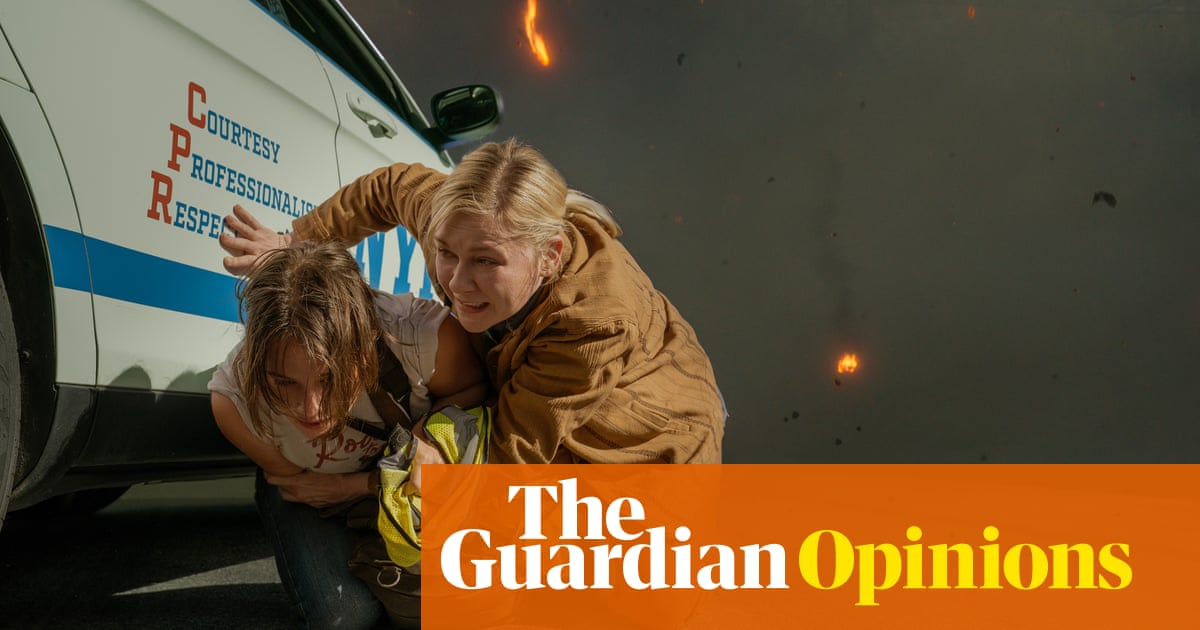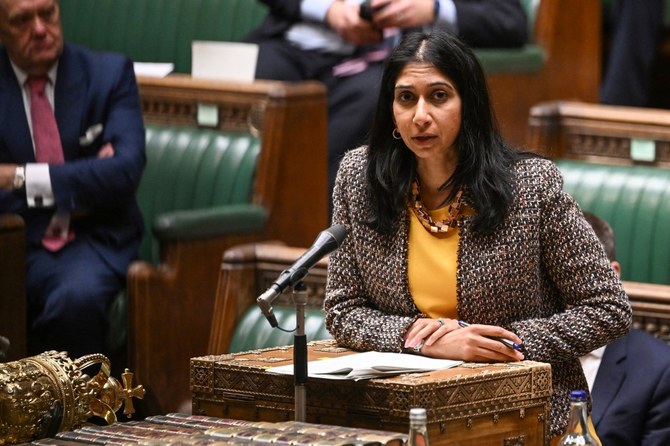
little over a week after the Myanmar military seized power and arrested Aung San Suu Kyi and dozens of other ministers and activists, a counter-movement has taken hold across the country. The military’s efforts to thwart the spread of demonstrations – by the downing of internet connections and by use of intimidation and violence, including the shooting of one protester, Mya Thwe Thwe Khine, this week – have been in vain. Mass gatherings have spread from cities in the centre to far-flung towns in the north-east, close to the border with China. Against lines of armed riot police, protesters have so far held their ground.
Aung San Suu Kyi remains in detention, her location unknown. The charges she faces – among them possession of illegally imported walkie-talkies – are clearly a ruse intended to prolong her confinement while the military finds a way to stymie her popular influence. On Tuesday night, police raided the headquarters of her National League for Democracy (NLD) party, whose landslide win in elections in November set in motion the train of events that led to the military’s coup. It is likely they were looking for evidence to incriminate other party members, or indeed criminalise the party altogether, in an attempt to weaken its organising power.
Upon seizing power, the military declared a year-long state of emergency, which it hopes will give it space to develop a strategy for control of the country well into the future. In that time, the generals may seek out ways to condition Aung San Suu Kyi and her colleagues – via negotiation, incentives or threat – into becoming a less assertive political force. Otherwise they will move to banish the party from formal politics altogether. The NLD’s dramatic win in November 2020 was evidence both of the continued emboldening of its support base, despite repeat efforts by the military to undermine Aung San Suu Kyi during her five years as state counsellor, as well as the glaring unpopularity of the military, whose party won only 33 of 476 seats.
But while the generals can detain a select number of figureheads, the counter-movement has a life of its own. It may well have mobilised around calls for the military to cede power to a civilian government, but it is representative of diffuse political, cultural and socioeconomic interests, and is independent of any single political force – and indeed any single political leader. Cutting off the head won’t kill the body. Nor will the lines of riot police dent the cause of a movement that, although empowered by new communications technologies and buoyed by greater international exposure, is rooted in a long and rich history of resistance to state power and overreach in Myanmar.
Because formal participatory politics has been outlawed for much of Myanmar’s modern history, both during the colonial era and throughout the long reign of the military, it is on the streets where political negotiation and action often takes place. The fear now is that the military will seek to control and discipline all aspects of life, much as it tried to do between coming to power in 1962 and the start of the liberalisation process in 2010. Yet even when its rule was at its most suffocating, techniques were developed to ensure information still circulated, resistance was quietly sustained, and an oppositional spirit endured.
Activists stacked political pamphlets on the roofs of stationary buses and watched them blow through streets and into people’s hands as the drivers took off. Underground journalists smuggled footage out of the country, sometimes travelling by foot across the border with Thailand to hand videotapes to waiting colleagues, or otherwise uploading footage to the internet via a router in a waiting car outside their home. Exiled female activists, acquainted with the generals’ superstitious fear that their power would be sapped if they came into contact with women’s underwear, posted pants and bras to Myanmar embassies. Farmers continued to till land confiscated by the military. Political prisoners discreetly held seminars in their cells. Teachers in ethnic minority regions refused to comply with orders to instruct only in the majority tongue. These acts all signalled that the opposition, even during the darkest days, still had life.
The military may soon step up its use of violence against the anti-coup protesters. It knows few other ways of bargaining. It also has furtive, cynical strategies of its own: plain-clothed civilian mobs, often formed of impoverished youths or newly released prisoners who receive food or small sums of money for a day’s “work”, have been seen close to protest sites. As with previous mass uprisings, they may be ordered to stir up violence between groups of protesters, hoping that doing so will sow discord and undermine the cohesion of the gatherings, or indeed scare people away altogether.
But in their brazen seizure of the institutions of power, the generals have energised the population and produced a public display of cross-party unity unlike anything seen since the 2007 monk-led uprising. The NLD may go back underground for the time being, its members once again dispersed across the grassroots networks it grew out of three decades ago, or it may return to parliament a less assertive force. But while its fate of course matters hugely for the way party politics is done today in Myanmar, the counter-movement to the coup, and the conversations that grow out of it, will play a powerful role in animating politics outside the formal political sphere.
The military may now feel in control – and on one level, it is. Scratch the surface, however, and the reality is quite different.
Francis Wade is a journalist and the author of Myanmar’s Enemy Within: Buddhist Violence and the Making of a Muslim Other












